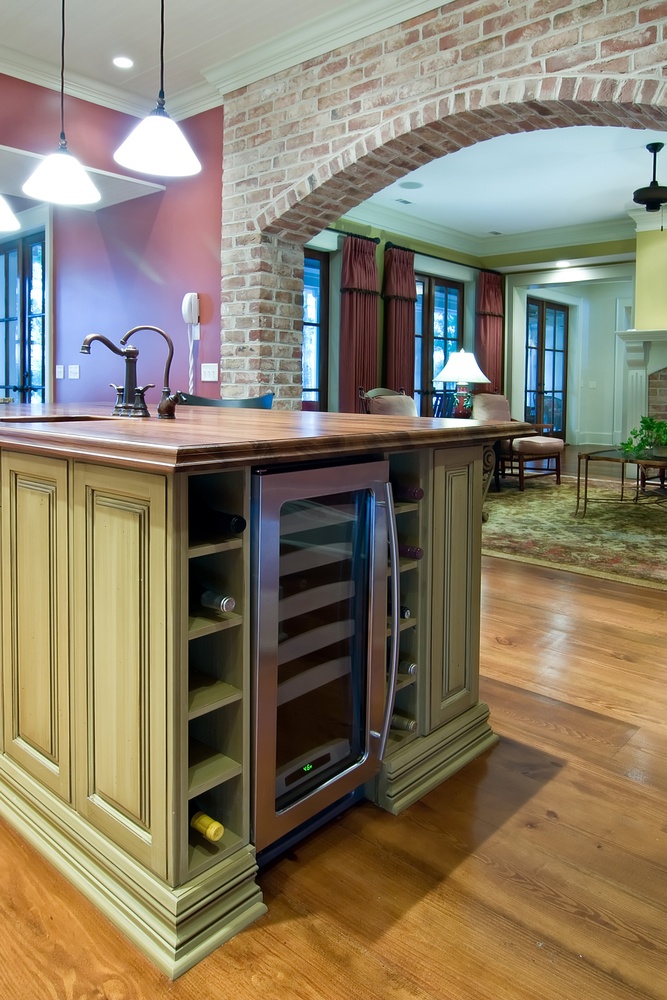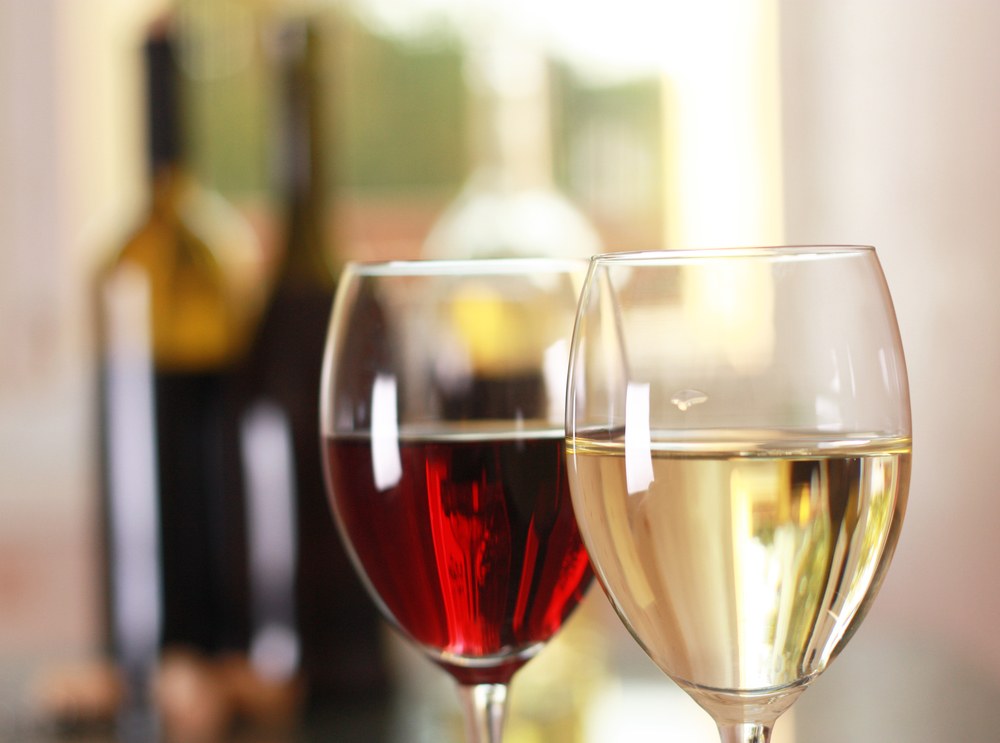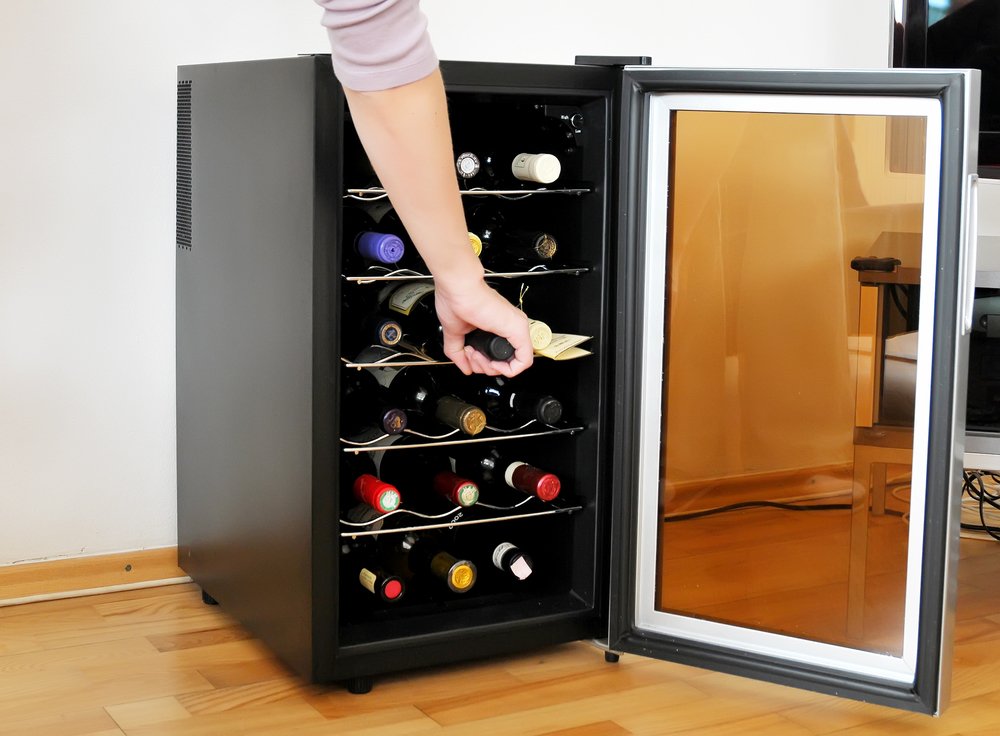
Proper wine storage leads to the absolute best tasting experience, and for any true vino lover, that is an invaluable asset. If you wouldn’t go to the lengths of getting a good wine cooler, can you even call yourself a wine enthusiast?
We’re here to give you the information on everything important in making a wine cooler buying decision so that you can best enjoy your wine collection. All your initial questions will be answered, and hopefully, your mind will be at ease with a confident decision by the end.
Here, we’ll cover:
The importance of a wine cooler. What makes it so special as a distinct appliance? What advantages should you expect? What are the types of wine coolers?
How to determine the aspects of your ideal cooler. What size bottle collections warrant what types of wine fridges? How does the location of the refrigerator affect what kind you’ll need?
All about the cooling action. What are the cooling systems and what makes each technique better? What’s the ideal wine fridge temperature and wine serving temperature? Should you look for a single or dual zone wine cooler?
Fun extras. What additional features are available to you?
What prices can you expect to pay for which product?
Benefits and Advice Summary. What are the most important things to know about buying a wine fridge?
By the end of this guide, you’ll have graduated to the next level of vino enthusiasm. This juicy information will elevate your wine tasting experience and wine collecting for years to come.
Why Should You Buy a Wine Cooler If You Have a Fridge?
Using a fridge as your permanent wine chiller won’t necessarily hurt, but when you’re a real wine lover, the bottles can tend to take over your fridge!
It can also lead to bottles rolling around with risk of breaking, and if a bottle does make it out unscathed, it will still need to warm for a bit before pouring a glass. Because of these reasons, we don’t recommend that a regular refrigerator is your solution for how to store wine.
The purpose of wine storage is to maintain your wine bottles at the optimal temperature to keep them properly aging.
The advantages of having a cooler include:
- Control over the temperature (proper serving temperature varies per wine)
- Control of the humidity
- Separate home for your bottles, making more room in the refrigerator
Quantities of Wine: How much do you plan to store?
There are models of all sizes, created to fit anywhere from 6 to 200 bottles depending on how much you plan to collect.
For casual drinkers, a single bottle chiller or a dual zone wine cooler might be a good idea. On the other hand, if you’re planning to continue collecting, investing in a large cooler has a better payoff than purchasing several smaller ones.

Placement of the Cooler: Where should it go?
Once you have decided the size chiller you want to buy, you should begin considering where it will be placed in your home. Built-in coolers under a kitchen counter or a large refrigerator-sized cooler can be built in to a nook to make the new addition feel cohesive.
Freestanding wine cooler models offer greater flexibility in deciding where to place it. Often, coolers will go in a kitchen, entertaining room, bar room, patio, or even garage if you’re tight on storage space.
How large should your cooler be?
A widely accepted guideline to follow when picking size is that a cooler should hold double the number of bottles you currently own.
When determining the capacity of your cooler, you should consider your current drinking habits and how long you plan to store each bottle you collect.
Common size options include:
- Small wine coolers are primarily for those who only have a couple of bottles on hand at a time. You can even buy a single-bottle chiller, as stated above. If you have 1-6 bottles to store, this is a good option for you.
- Built-in wine coolers are usually created to fill the hole left by trash compactors of the past and are commonly available in a smaller and medium size. The narrower option holds about 25 bottles while the larger option holds about 50.
- Freestanding coolers come in a variety of sizes because they are not confined to built-in nooks in the home. You can purchase a small size or a tall wine tower or refrigerator-sized cooler depending on how much you want to keep.
- Larger models like a wine cabinet are created to hold many more bottles than the average cooler. Investing in one of these, though the shipping cost will be much higher, can save money by avoiding having to purchase multiple smaller coolers.
- Luxury coolers are for the truly dedicated wine enthusiasts. The fancy features and flexible sizing of a luxury cellar allow for features that optimize wine storage and handle the tricky conditions wine can require.
Storage area and what cooling system should you choose for your cooler?
There are two main types of cooling technology used to preserve wine:
Thermoelectric cooling devices are great for smaller spaces due to their low level of noise and high energy efficiency, ideal for short-term cooling. The cooling technology removes heat from the air rather than adding new, cool air. This solid energy option produces almost zero vibration or noise, also making them a great low-energy option. It does require air space for proper ventilation which may limit location options, however.
Compressor cooling uses a coolant or refrigerant much like a typical refrigerator and can stay cooler at warmer ambient temperatures for longer, thus is great for long-term storing. It also tends to have a higher vibration from running the compressor, which can be harmful to the proper aging of the wine. It can be louder and less efficient than thermoelectric systems, but some models offer an auto-defrost setting or humidity controls if they are high-end.
Neither one is “better,” but both are better for different things.
Thermoelectric is better for: location in cooler climate areas, smaller rooms, short-term storage.
Compressor cooling is better for: location in warmer climate areas, large spaces, long-term storage.
How many temperature zones should you look for?
The real question you should be asking is “Am I going to use this cooler for wine storage, for serving, or for both?” Asking yourself this one question will take care of the matter entirely!
- Dual Temperature Zones: If you answered serving or both, you should look for a dual zone wine cooler. These coolers allow two chambers of cooling, one for white wine service and one for either red wine service or storage.
- Single Temperature Zone: If you answered wine storage, your best bet is a single temperature zone cooler. This will keep everything at a single temperature.

What are some additional features of coolers?
- Humidity control: A decent amount of humidity ensures the cork stays supple enough to block all air from getting through to the liquid, which would make it stale. Humidity above 80% isn’t healthy either, as it would lead to mold. A wine fridge with humidity control may cost a bit more, but it is usually worth the upcharge. It will keep your wine in the perfect middle ground between moist and dry, properly preserving the flavors as the bottle ages.
- Temperature Range: You will want a wine cellar with a temperature variation that suits you, remembering that red wine is kept warmer than white. All wines can be properly stored between 50-55°F. If you only plan to store wine of one color, you could look for a narrower temperature range as a way to save on a cooler.
- Temperature control: This is a basic feature that all coolers should offer. Some may offer digital display and more user-friendly options for a higher price tag.
- Racking System: Specialty racking systems can store larger or smaller bottles, can feature slide out, fixed or adjustable racks made of either wire or wood with chrome, wooden, or stainless-steel facing. Wooden racks are more expensive but help manage humidity and last longer.
What’s the Price of a Wine Cooler?
- A cheap cooler will run $60 -$200 dollars and will hold anywhere from 2-24 bottles. These are a great value option for someone who will primarily use it for service and short-term storage, but It may be louder and bulkier than other options.
- A middle range cooler runs $250-$650, holding around 50 bottles of wine as a good mid-line option large enough to hold a decent collection for long-term storage without breaking the bank. You may be able to find a pretty quiet, efficient or sleek cooler but may not be able to get all three.
- A high-end wine cooler hits closer to $1,000 and up because of large size or perhaps a luxurious brand. These often have fancier features and are top-of-the-line appliances, but require a hefty amount of financial investment.
What are the Main Benefits of Wine Coolers?
Wine refrigerators are a great idea to increase the experience of the wine selection on hand. No matter what kind of wine you’re storing, know your properly aged and preserved wines will perform their best.
It is also to have the wine fridge temperature option because they are specifically made just for that purpose, so you can keep them appropriately cared for while maximizing the room on your counter or in your regular refrigerator.

What’s the Best Advice on How to Choose a Wine Cooler?
The most important things to look for when making your buying decision include placement, amount of wine stored, size desired, cooling system and temperature zones.
Extra features that are nice to have are humidity control, wide temperature range, digital temperature display, and high-grade racking system.
The right chiller will offer proper storage both for proper aging process and proper serving, creating the right environment for both humidity and temperature to create a most pleasurable wine experience.
The wine cooler basic information above:
- Is great for wine enthusiasts who enjoy collecting wine. It provides information that might be overlooked and can benefit you because proper storage creates better tasting wine.
- Is useful even for those who have never had a cellar before. If you are new to the wine cooler market, this information can take you from novice to knowledgeable. Bridging those gaps and growing in your knowledge is part of becoming a true.
- Can provide critical perspective when making a buying decision. It can be easy to get swept up with marketing claims and advertising, resulting in a sub-par purchase. Focusing on the key information above will help make an educated decision and make the product work better for your needs.
- Will save you money and increase the value of your purchase. Because you’ve evaluated what’s worth the money for you in a wine refrigerator, you will avoid spending unnecessary money on extras and features unimportant to you.
In short, when shopping for your first wine fridge, consider what you envision your future of collecting to look like, and customize your needs for the cooler around that. By simply evaluating different aspects of this vision, you’ll be able to look for the important things when selecting an appliance.
If you hope to have a large, robust collection for both long-term and short-term storage, ensure you’re getting a large dual-zone temperature cooling unit that allows you to customize all the elements.
If you only imagine an intimate collection to keep your wine preserved until your dinner parties, find a small appliance that will remain quiet and out of the way while it protects your vino in the short meantime.
Because there are so many options available on the wine chiller market today, your own answers will lead to a seriously proper wine storage experience for you and your wine bottles.